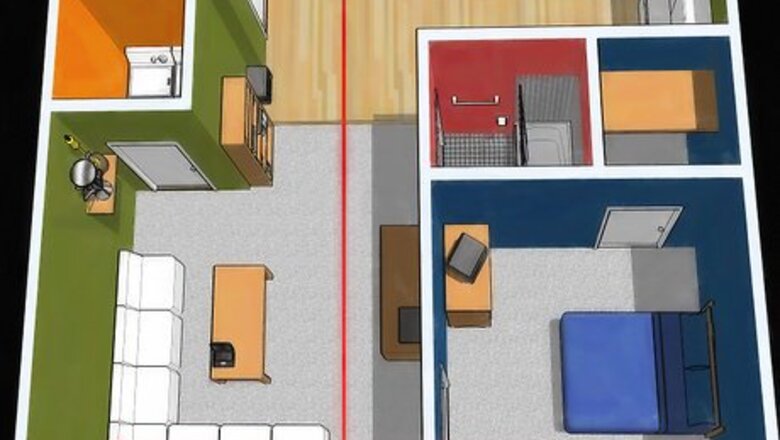
views
Preparation
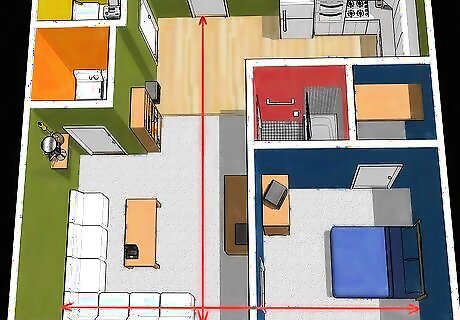
Calculate the square footage of the area you will be treating. Flea bombs come in a variety of sizes depending on the brand and chemicals they contain. In general you will need 1 bomb per room you are treating; however in some cases, 1 bomb in a hallway adjacent to open doors can treat multiple rooms. Read the label carefully to determine the size of the area the product treats.

Purchase a quality brand flea bomb. Ask your veterinarian for his or her advice on which products they recommend. Check with friends and family for their opinions on the effectiveness of a flea bomb they might have used, or check online for feedback and reviews. Ask sales associates at your local home improvement or hardware store for any information they may have concerning flea bombs, but always back up what you're told by a retailer with your own quality research.
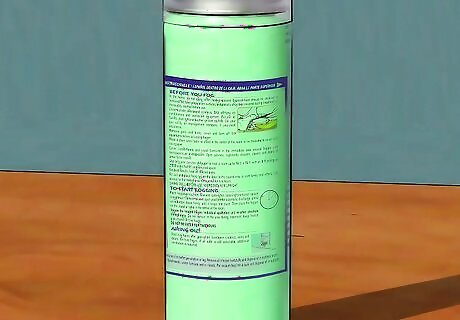
Read the package instructions completely. Most flea bombs operate in similar ways. Ensure that you have read the directions carefully and fully prior to setting off the flea bomb in your home.

Plan a time where everyone in the household including pets will be gone for several hours. The chemicals in the flea bomb are poisons which can easily cause illness to people and pets. Check the label on your flea bomb to ensure that your family is safe and can stay out of the house for the label's recommended time period.

Open doors and drawers. Open all doors to infested rooms so the chemicals from the flea bomb can kill the fleas. Open cabinet doors and drawers to kill fleas inside furniture.
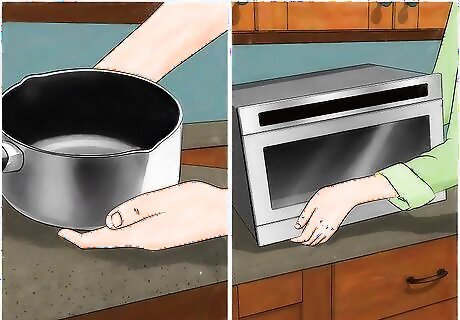
Remove eating utensils, food, small appliances, and crockery. Remove such items from open cabinet doors or drawers to keep them away from the spray. Storing items away from the chemicals is much easier than cleaning them when the flea bomb is finished.
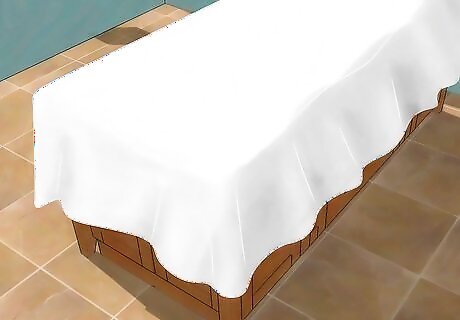
Cover your tabletops, countertops, special furniture and electronic equipment. The chemicals from the flea bomb can soil furniture, tables and countertops or damage electronic equipment. Cover these items with sheets or plastic tarps to prevent damage. Old sheets can be found easily at your local thrift store. Plastic painting tarps are available from hardware and auto stores.

Seal up or move your fish tank. Chemicals in a flea bomb are dangerous to fish. If you can't move your fish tank to another location, cover it up well and seal it tightly with plastic wrap.
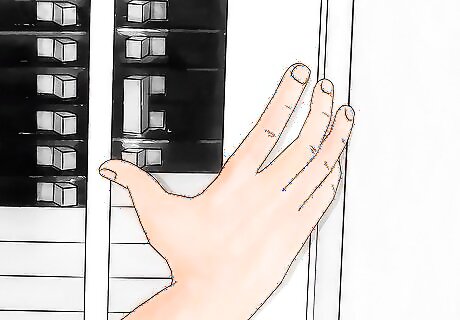
Turn off all lights and other electrical devices. The chemicals and propellants in a flea bomb can be flammable. Turn off the heater or air conditioner and extinguish the pilot light. Cut the power to all fans.

Close all windows prior to treatment. Make sure that the flea bomb chemicals do not leak outside the house and have maximum effectiveness by closing all openings to the outside prior to treatment.
Treatment

Vacuum and clean your house immediately prior to treatment. The vibrations from a vacuum cleaner cause flea larvae to emerge making your flea bomb treatment as effective as possible.

Remove all dirty laundry from the house. Flea eggs and larvae may find shelter in piles of dirty clothes. Ensure that you have laundered all of your clothes, or bag the clothes and take to a laundromat while you are bombing the house.

Position the flea bombs on newspaper or plastic bags in the middle of the rooms you are treating. Placing a protective covering under the flea bomb will prevent the residues from the product from staining the floor directly around the flea bomb.
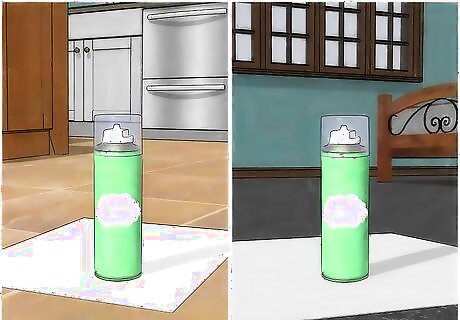
Ensure all the flea bombs are in place prior to activating any of the bombs. Once a flea bomb is activated you should vacate the house immediately to prevent illness due to pesticide exposure.

Activate the flea bombs and vacate the house. Follow package directions to activate the flea bomb. If you are setting off multiple flea bombs, start in the room furthest from the exit and work your way out. Once a flea bomb has been activated do not reenter the room.

Stay out of the house. Avoid unnecessary exposure to the chemicals in a flea bomb by keeping all pets and people out of the house for 2 to 4 hours. Read the label carefully to determine the recommended time frame to be away from the house.
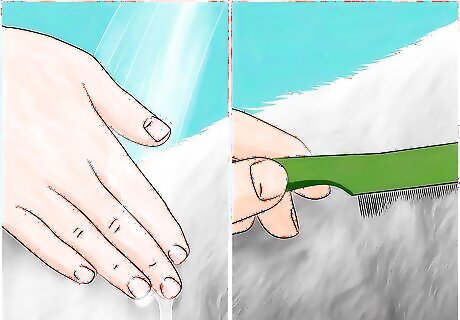
Treat your pet for fleas. While you are away from the home it is important to remove fleas from your pet so they do not bring them back into the home as soon as you return. Ask your veterinarian about pills containing nitenpyram to kill any adult fleas that are on your pet. Bathe your pet with a flea controlling shampoo. Take your pet to a groomer to get a professional flea treatment or dip.
Maintenance

Clean your house when you return. Dead fleas, chemical residue and a coating of dust are common things to find after a flea bomb treatment. Vacuum and mop floors thoroughly, clean tables and countertops, wash sheets and clothes, and wash all surfaces. It's recommended that you wear gloves when cleaning, and dispose of the gloves after cleaning to avoid picking up chemical traces on your skin.

Open windows to ventilate the house and reduce odors. The smell of the pesticides may persist for several hours or days after treatment. Open doors and turn on any ceiling or ventilation fans to help remove the odors from the flea bomb from the house.

Vacuum daily for 10-14 days. Daily vacuuming will remove any newly hatched adult fleas that may have survived the flea bomb.
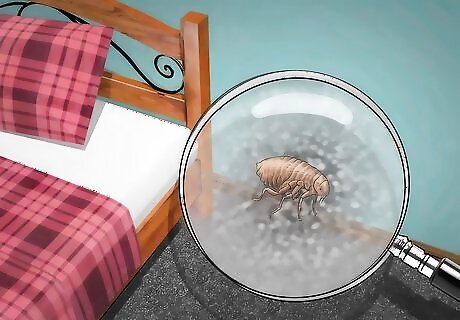
Be prepared for multiple treatments. Some products are not effective at killing flea eggs. Flea eggs and larvae may hatch days or weeks after your first treatment. Monitor your house and pets for several weeks following initial treatment to watch for signs of fleas.

Monitor your pet for signs of re-infestation. Flea dirt or droppings appear as reddish brown specks on your pet. If your pet is scratching, use a flea comb to check under their fur for signs of flea dirt or adult fleas.














Comments
0 comment